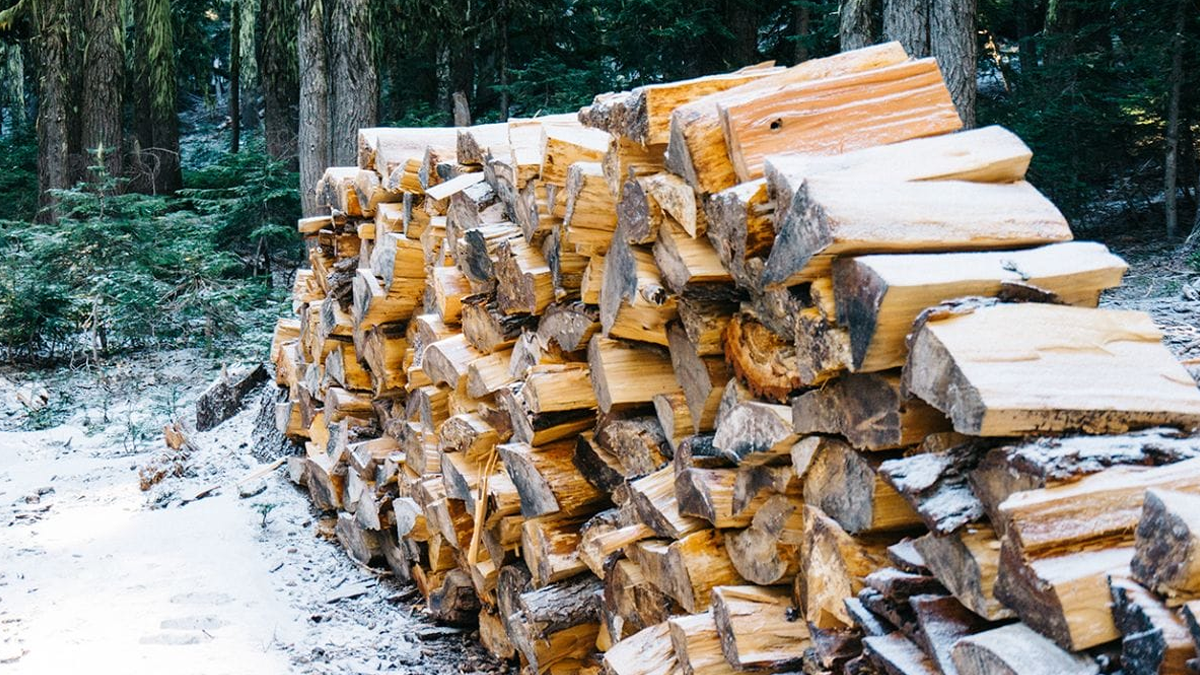
A naturalized plant is a non-native species, adapted to a new environment, growing in the wild without cultivation. Although many non-native species are invasive and outcompete native flora, replacing them, others do not, and coexist in peaceful harmony with other plants in the adopted ecosystems. The process of naturalization means that a plant manages to integrate itself into the local environment, reproduces, and keeps a stable population over some time.
Characteristics of Naturalized Plants
- Adaptability: These naturalized plants are highly adaptable to new conditions. They inhabit different kinds of soils, under different climatic conditions, and with different levels of water availability.
- Reproduction: They should reproduce in the new environment with enough efficiency. This would be either by seeds which are dispersed by wind, water, or animals. Vegetative propagation.
- Survival: They should withstand local pests and diseases. Also, they need to compete with the native plants for survival
Examples of Naturalized Plants
- Dandelion: A European native, now distributed throughout the world in lawns, gardens, and wild areas.
- Queen Anne’s Lace: This is wild carrot, an import from Europe, common in fields and along roadways throughout North America.
- Eucalyptus: Native to Australia, naturalized throughout much of the world including parts of California and the Mediterranean region.
How to Naturalize Plants
Naturalizing plants in one’s garden or local setting is not a casual exercise but requires high-level planning and deliberation. The following is a step-by-step approach to naturalize plants successfully:
1. Choice of Correct Species
Choice of the right species is of prime consideration; they should be non-invasive and suitable to the climate and type of soil locally that can live with the flora that is native.
- Research Local Conditions: Observe your area’s climate, soil type, water availability, and other relevant environmental factors.
- Consult Local Experts: Consultation from the local gardening clubs, botanical gardens, or extension services will be much of help to you in selecting what kind of species to grow.
- Avoid Invasive Species: Confirm that the plants used are not listed as invasive in your area/region.
2. Preparing the Site
It is called site preparation, the process of creating conditions that will allow plants to be installed and eventually thrive.
- Soil Preparation: Test the soil for pH and nutritional value, texture. Improve the soil, if necessary, to create optimum growth.
- Weed Control: Kill any existing weeds and invasive plants that may later on compete with the new plants for water and nutrients.
- Mulching: Mulch in a manner to achieve water conservation, weed reduction and enhancement of soil structure.
3. Planting
Good planning techniques can be common in both naturalization success and failure.
- Timing: Plant at the right time of the year; normally, it is at the start or during the growing season when conditions are most favorable for establishment.
- Spacing: Space at distances proper for growth with minimal competition.
- Depth: Proper depth for seeds or seedlings, based on the requirement of different species.
4. Initial Care and Maintenance
In its initial stages, some care and maintenance are needed to help plants establish themselves.
- Watering: Water, as necessary, especially during dry periods, until they get established.
- Fertilization: Apply fertilizers only when necessary and, then, with caution; over-fertilization will upset the balance naturally realized.
- Protection: Young plants from pests and bad weather should be protected by proper measures such as netting or shelter.
5. Monitoring and Adaptation
Monitoring and adaptive management in the long-term is important to the success of the naturalized plants.
- Monitoring. Check plants for stress, disease and pests.
- Adaptability: Be prepared to change out cultural practice as needed, by plant performance and changing environmental conditions.
- Low Maintenance: Once established the goal should be that plants require the least amount of human intervention to thrive on their own.
Benefits of Naturalizing Plants
Naturalized plants have both ecological and aesthetic benefits that include:
- Biodiversity: The naturalized plants can enrich local biodiversity by habitats and food sources for wildlife.
- Erosion Control: These plants can bind soils and prevent erosion in cases where soils might be susceptible to degradation.
- Pollinator Support: Very often, naturalized plants attract and provide habitat for pollinators like bees, butterflies, and birds, thus ensuring good health in ecosystems.
- Aesthetic Appeal: Naturalized gardens can be beautiful and low-maintenance landscaping that changes with the seasons.
Challenges and Considerations
While there are tremendous benefits to naturalizing plants, equally challenging and responsible considerations must be addressed:
- Balance with Native Species: Not to allow naturalized plants to outcompete or cause harm to native species.
- Long-term Commitment: Effective naturalization implies that the monitored areas have to be regularly managed.
- Ethical Considerations: Be aware of the ecological effects and do not introduce species that could be a problem.
Conclusion
Naturalizing plants is a very rewarding effort at environmental sustainability and biodiversity. Careful species selection and site preparation, combined with proper initial care, can allow the successful integration of these non-native plants with the local ecosystems. Introducing new species while saving the flora to maintain harmony and to develop successful coexistence is a delicate balancing act. Applied properly, the act of plant naturalization can do much to change the world for the better, whether one be a gardener or an ecologist.







